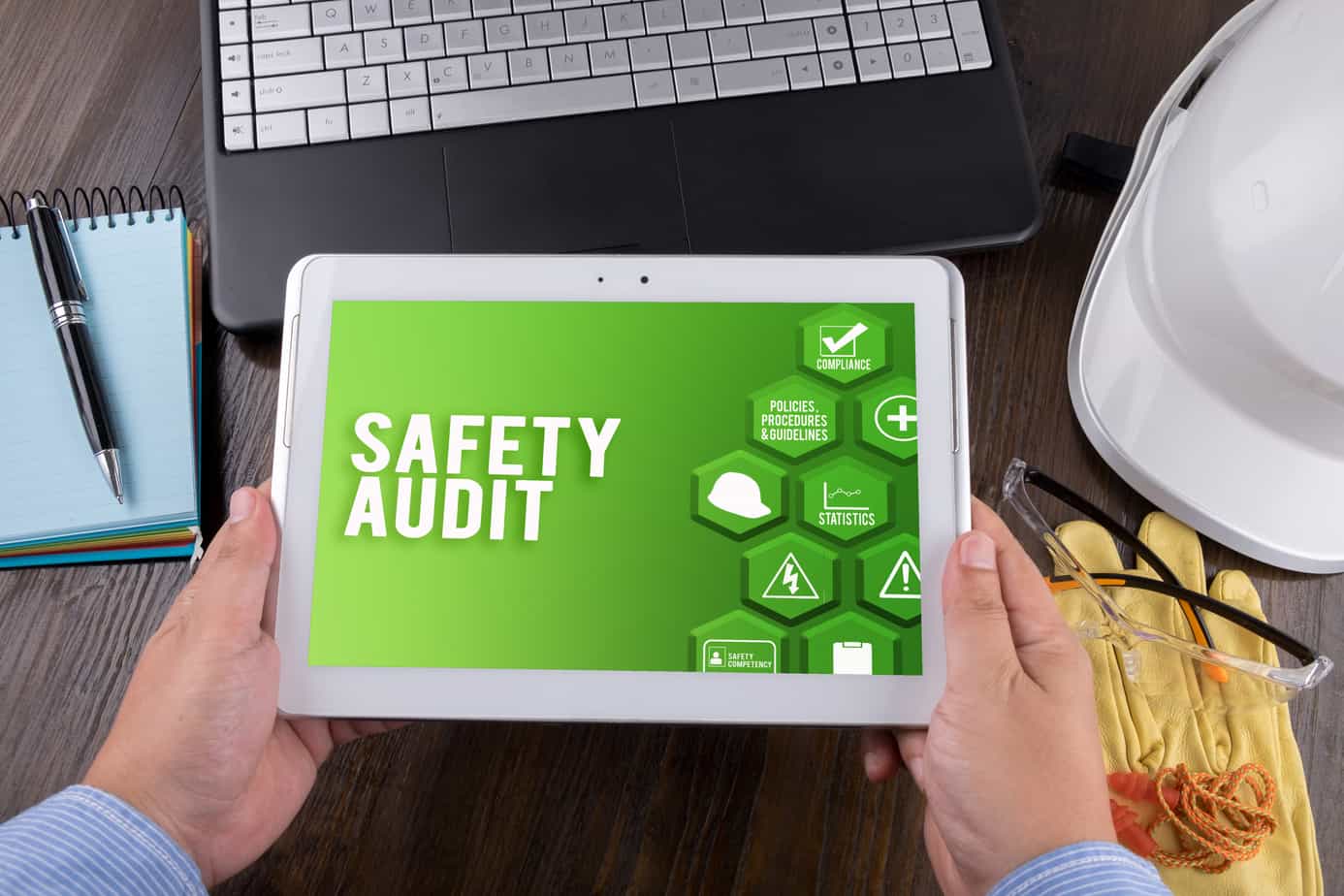The Role of Safety Audits in Reducing Workplace Hazards
The Role of Safety Audits in Reducing Workplace Hazards
Blog Article
What Is a Safety Audit and Why Is It Important?
A Safety Audit is a structured process that evaluates workplace safety measures, policies, and compliance with industry regulations. These audits identify potential hazards and assess whether an organization follows the required protocols to prevent accidents.
The primary goal of conducting a safety audit is to minimize workplace risks, improve employee well-being, and ensure regulatory compliance. Companies that conduct regular audits reduce the likelihood of workplace injuries, financial losses, and legal repercussions.
How Do Safety Audits Identify Workplace Hazards?
A well-structured safety audit follows a systematic approach to identify hazards in different workplace areas. These steps include:
- Reviewing Safety Policies and Procedures: Auditors analyze existing safety protocols to determine their effectiveness and compliance with industry standards.
- On-Site Inspections: Auditors examine physical work environments, equipment, and operational processes to detect safety risks.
- Employee Interviews: Employees provide insights into workplace safety practices, potential hazards, and challenges they face in adhering to safety regulations.
- Incident and Near-Miss Analysis: Past incidents and near-miss reports help auditors assess risk trends and identify areas that need improvement.
- Compliance Evaluation: Organizations must comply with national and international safety regulations. Audits ensure adherence to Occupational Safety and Health Administration (OSHA) guidelines, ISO standards, and other industry-specific regulations.
How Can a Safety Audit Prevent Workplace Accidents?
A safety audit proactively identifies risk factors that may lead to accidents, injuries, or fatalities. The key preventive benefits of a safety audit include:
- Recognizing and Eliminating Hazards: By detecting unsafe conditions, organizations can take corrective measures before an accident occurs.
- Enhancing Emergency Preparedness: Audits help organizations implement effective emergency response plans, ensuring employees know how to react in crisis situations.
- Promoting a Safety Culture: Regular safety audits encourage organizations to prioritize safety, fostering a culture where employees actively participate in maintaining a secure work environment.
- Ensuring Compliance: Regulatory compliance protects businesses from penalties and legal actions while maintaining a safe workplace.
What Is the Connection Between Safety Audits and Fire Prevention?
One of the most critical aspects of workplace safety is fire prevention. A Fire Audit plays a crucial role in assessing fire risks and ensuring workplaces implement effective fire protection measures.
Fire audits evaluate:
- Fire suppression systems (e.g., sprinklers, fire extinguishers, alarms).
- Fire escape routes and emergency exits.
- Electrical safety measures to prevent fire hazards.
- Employee training on fire safety protocols.
- Compliance with national fire safety standards.
What Are the Benefits of a Hazop Study in Workplace Safety?
A Hazop Study (Hazard and Operability Study) is a systematic risk assessment technique that identifies process-related hazards. Industries dealing with hazardous chemicals, complex machinery, or high-risk operations often conduct Hazop studies to prevent potential failures.
The benefits of a Hazop study include:
- Early Hazard Detection: Identifies safety concerns before they result in incidents.
- Risk Reduction: Ensures that necessary control measures are in place.
- Process Optimization: Improves operational efficiency and safety standards.
- Regulatory Compliance: Helps organizations meet industry safety regulations.
How Does Process Safety Management Improve Workplace Safety?
Process Safety Management (PSM) focuses on preventing hazardous chemical releases, equipment failures, and operational mishaps. This safety approach is essential for industries such as oil and gas, pharmaceuticals, and manufacturing.
A successful PSM program includes:
- Hazard Identification and Risk Assessment: Evaluates potential risks associated with hazardous processes.
- Safety Procedures and Training: Ensures employees understand process-related risks and safety measures.
- Maintenance and Inspection Programs: Keeps equipment in optimal condition to prevent failures.
- Incident Investigation: Analyzes past incidents to improve safety procedures.
How Can a Safety Consultant Improve Workplace Safety?
A Safety Consultant provides expert guidance to organizations aiming to improve workplace safety standards. These professionals conduct audits, risk assessments, and safety training to help businesses implement best practices.
The key roles of a safety consultant include:
- Conducting workplace safety audits.
- Recommending safety improvements and policy changes.
- Providing employee training on safety practices.
- Ensuring regulatory compliance with safety standards.
- Assisting in emergency response planning.
Conclusion
Safety audits are essential tools for identifying and reducing workplace hazards. They help organizations maintain compliance, prevent accidents, and foster a safety-oriented culture. Conducting specialized audits like fire audits, Hazop studies, and process safety management ensures that businesses mitigate risks effectively. Additionally, hiring a professional safety consultant can further enhance workplace safety and compliance. By prioritizing safety audits, companies can create a safer work environment and protect both employees and assets. Report this page
